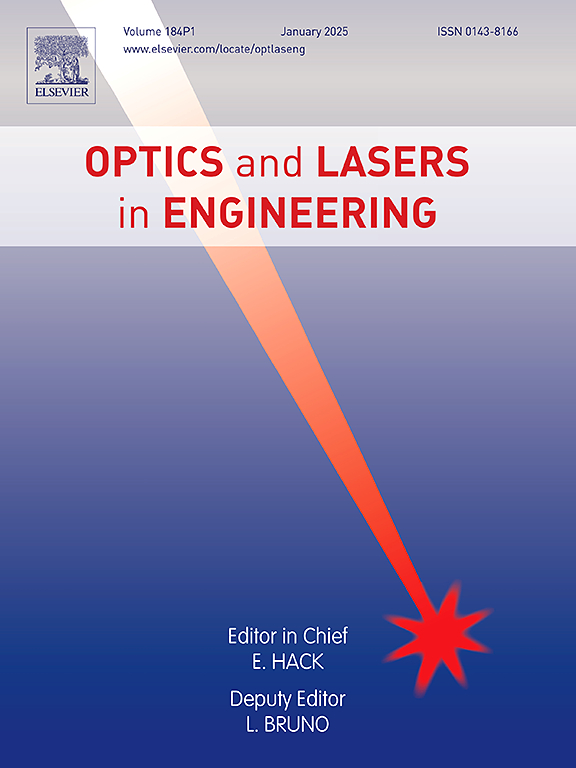利用自监督复值神经网络增强在线全息摄影中的相位恢复能力
IF 3.5
2区 工程技术
Q2 OPTICS
引用次数: 0
摘要
通过 Gabor 全息技术恢复波前相位是定量相位成像中一个成熟的逆问题。虽然传统的迭代投影算法提供了一种广泛适用的解决方案,但重建质量仍然是一个令人担忧的问题。深度学习的最新进展带来了新的可能性,但通用性和物理可解释性方面的问题依然存在。在这项工作中,我们提出了一种自我监督的复值神经网络(CVNN)模型,该模型集成了以物理先验为指导的迭代投影框架。CVNN 中的复值运算通过捕捉振幅和相位之间的内在关系来提高性能。值得注意的是,复杂总变化正则化的引入可减少伪影并提高相位保真度。综合分析表明,在模拟和实验数据集上,我们的 CVNN 明显优于传统的迭代算法和以前的实值网络。这项工作凸显了 CVNN 在定量相位成像中的潜力,强调了将物理原理融入深度学习方法以提高可解释性和性能的好处。本文章由计算机程序翻译,如有差异,请以英文原文为准。
Enhanced phase recovery in in-line holography with self-supervised complex-valued neural networks
Wavefront phase recovery through Gabor holography is a well-established inverse problem in quantitative phase imaging. While traditional iterative projection algorithms provide a broadly applicable solution, reconstruction quality remains a concern. Recent advances in deep learning have introduced new possibilities, though issues with generalizability and physical interpretability persist. In this work, we present a self-supervised complex-valued neural network (CVNN) model that integrates an iterative projection framework guided by physical priors. The complex-valued operations in the CVNNs enhance performance by capturing the intrinsic relationship between amplitude and phase. Notably, the complex total variation regularization is introduced to reduce artifacts and improve phase fidelity. Comprehensive analyses demonstrate that our CVNN significantly outperforms traditional iterative algorithms and previous real-valued networks in both simulated and experimental datasets. This work highlights the potential of CVNNs in quantitative phase imaging, emphasizing the benefits of incorporating physical principles into deep learning approaches for improved interpretability and performance.
求助全文
通过发布文献求助,成功后即可免费获取论文全文。
去求助
来源期刊

Optics and Lasers in Engineering
工程技术-光学
CiteScore
8.90
自引率
8.70%
发文量
384
审稿时长
42 days
期刊介绍:
Optics and Lasers in Engineering aims at providing an international forum for the interchange of information on the development of optical techniques and laser technology in engineering. Emphasis is placed on contributions targeted at the practical use of methods and devices, the development and enhancement of solutions and new theoretical concepts for experimental methods.
Optics and Lasers in Engineering reflects the main areas in which optical methods are being used and developed for an engineering environment. Manuscripts should offer clear evidence of novelty and significance. Papers focusing on parameter optimization or computational issues are not suitable. Similarly, papers focussed on an application rather than the optical method fall outside the journal''s scope. The scope of the journal is defined to include the following:
-Optical Metrology-
Optical Methods for 3D visualization and virtual engineering-
Optical Techniques for Microsystems-
Imaging, Microscopy and Adaptive Optics-
Computational Imaging-
Laser methods in manufacturing-
Integrated optical and photonic sensors-
Optics and Photonics in Life Science-
Hyperspectral and spectroscopic methods-
Infrared and Terahertz techniques
 求助内容:
求助内容: 应助结果提醒方式:
应助结果提醒方式:


